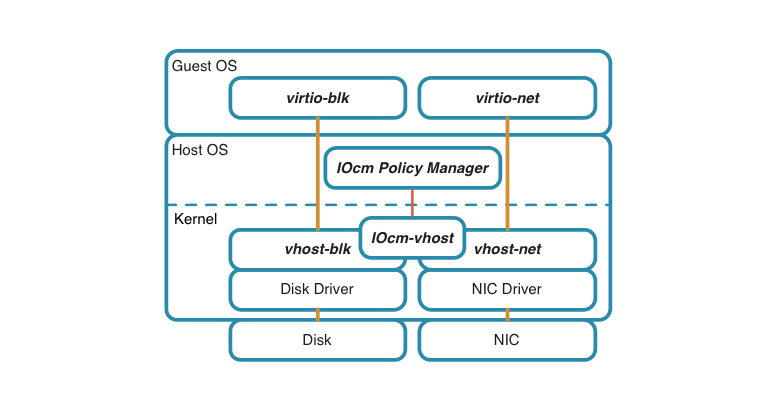If you are an innovator, a researcher or an entrepreneur from any of the fields connected with cloud computing, take part in the shaping, provide input what you wish to be addressed in the next H2020 work programme at: https://ec.europa.eu/digital-single-market/en/news/consultation-cloud-computing-research-innovation-challenges-wp-2018-2020 DG CONNECT is consulting all interested stakeholders on the research and innovation challenges in the…
Background - the Cloud Cloud providers are working to improve the security of their service in order to accommodate the requirements of demanding corporate and government customers. Their main focus is on traditional network security. The same economy of scale that enables a cloud provider to offer computing and networking at a discount allows it to…
Cancellous Bone Simulation
This blog post is one in the series of the use case descriptions. This use case runs usually in an HPC environment and complex enough to demonstrate, how to adapt an HPC application to the MIKELANGELO architecture and software stack. Introduction The purpose of the Cancellous bone simulation is to understand the structure of the…
DetailsFollow @mikelangelo_eu Introduction If you read our previous post on sKVM, you know that I/O performance is the main source of overhead in virtualized environments today. In the world of virtualization, all hypervisors suffer from reduced I/O throughput, and KVM is no exception. So the result is that people who have I/O intensive workloads tend to…
Full-stack cloud-scale instrumentation? It’s a snap…
Follow @mikelangelo_eu A key goal of the MIKELANGELO project is to improve I/O performance for both Cloud and HPC workloads. Partners are working hard to enhance hypervisors (sKVM), Guest OSes (OSv), Middleware (e.g. Torque, OpenStack, package management), and hosted applications (e.g. by leveraging Seastar). If you cannot measure it, you cannot improve it - Lord…
DetailsMaking Torque ready for Virtual Machines
Follow @mikelangelo_eu This blog post presents the work done on enabling the virtual machines inside the Torque resource manager. First, what is Torque? Torque is an open source technology, fork of PBS, to schedule computing tasks (jobs) on big clusters and HPC installations, developed by Adaptive Computing. It consists of three major parts: (at least…
DetailsNFS on OSv or “How I Learned to Stop Worrying About Memory Allocations and Love the Unikernel”
By Benoît Canet and Don Marti - ScyllaDB A new type of OSv workload The MIKELANGELO project aims to bring High Performance Computing (HPC) to the cloud. HPC traditionally involves bleeding edge technologies, including lots of CPU cores, Infiniband interconnects between nodes, MPI libraries for message passing, and surprise … NFS, a very old timer of the UNIX…
DetailsFollow @mikelangelo_eu This article introduces the architecture of the MIKELANGELO project, describing our main innovations. At the same time this article is the first of the MIKELANGELO architecture series. The remaining article dive deep on individual innovations. MIKELANGELO’s architecture builds on the experience of dozens of researchers across 9 renowned organisations to optimise and leverage VM performance.…
How sKVM Will Beat the I/O Performance of KVM
Follow @mikelangelo_eu In this article, we tell you how the MIKELANGELO project aims to improve the I/O performance of virtual machines. The inability of virtual machines to run HPC and big data applications in production due to low I/O performance motivates our work. Read on to learn why we want to improve the performance of…
Details5 Steps to Boost Your Productivity with Vagrant and Docker
Follow @mikelangelo_eu Why to Combine Vagrant and Docker In this article we will boost your development cycle to create Dockerfiles with Vagrant. If you’re into DevOps and you don’t use Vagrant yet, you should try it. In the Google Trends chart below you can see that it’s still gaining popularity. Vagrant provides a virtual development…
Details



